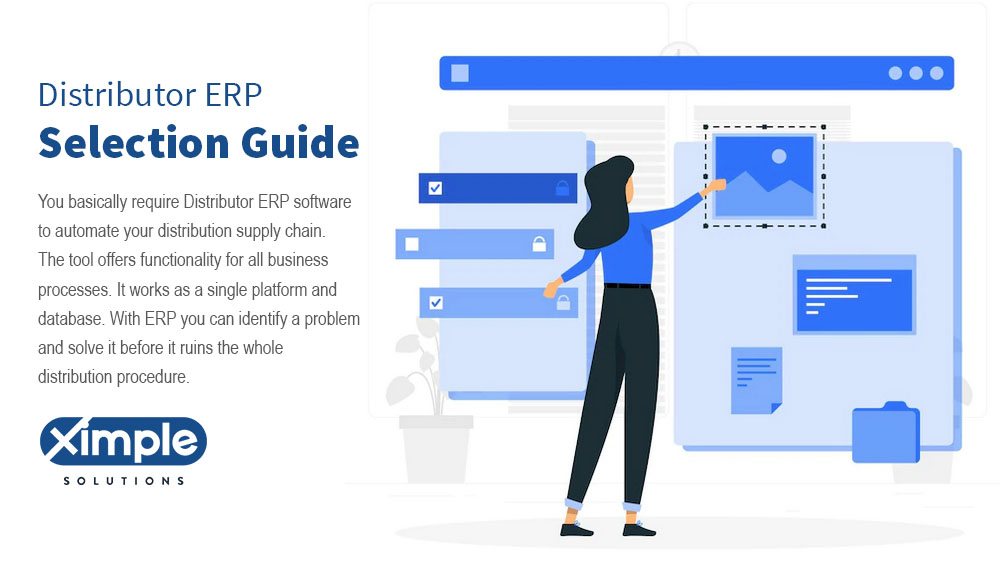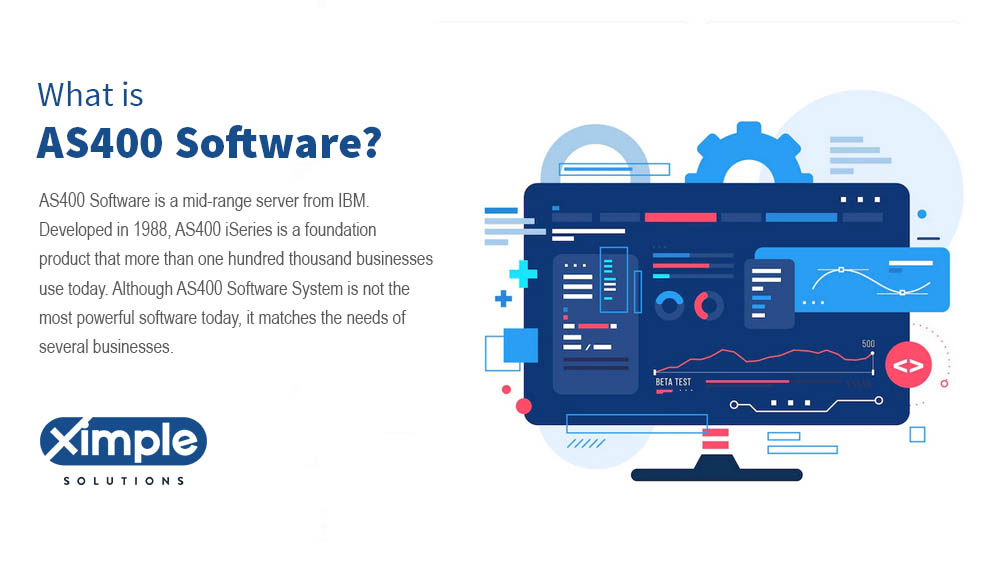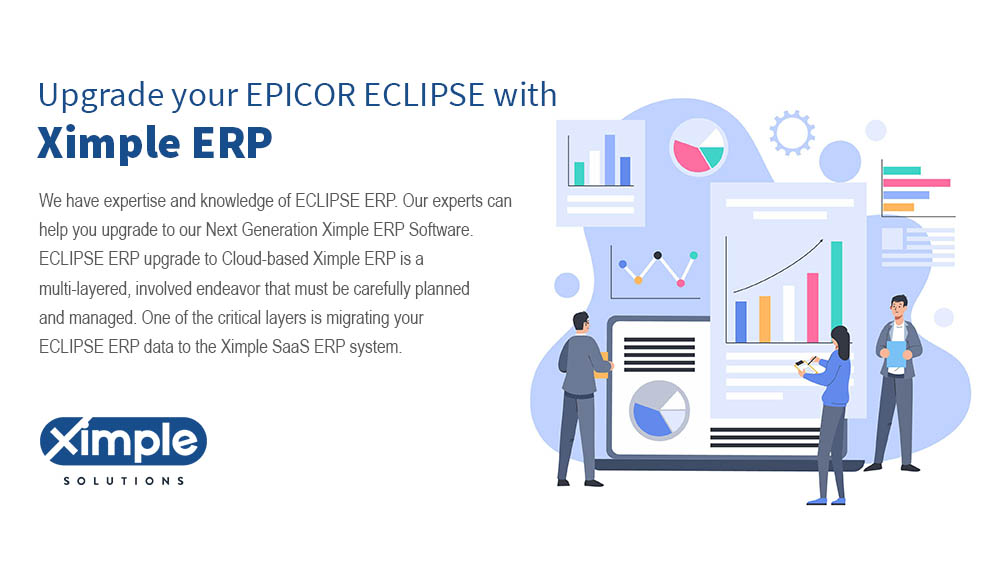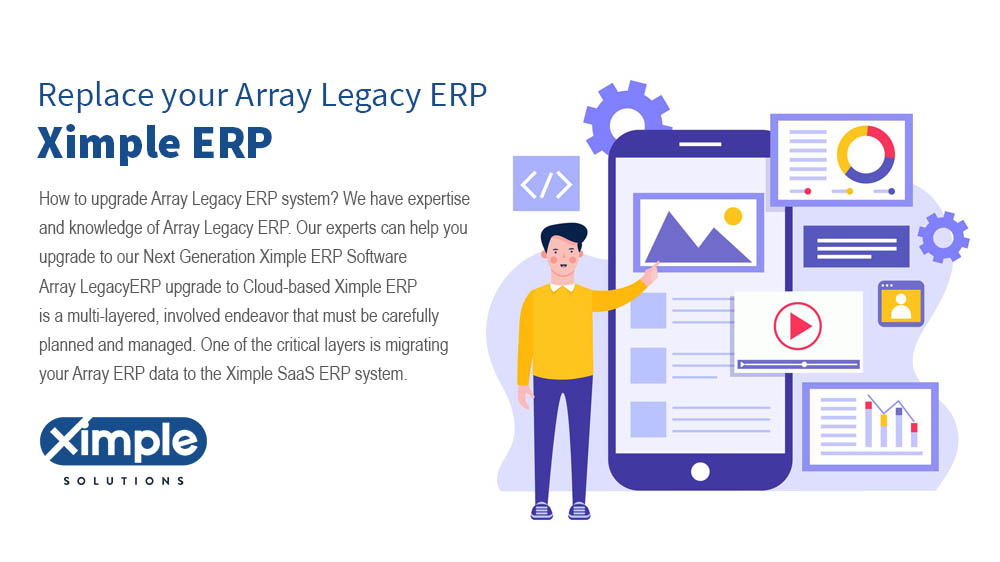
Distributor ERP Selection Guide
This article on “Distributor ERP Selection” is meant for wholesaler-distributors and large to mid-sized distribution businesses who are looking to adopt the next generation of Distributor ERP and other related technologies to improve efficiency, increase revenue, and reduce costs. The article covers topics such as what is a distributor ERP system, why it is needed, […]
Read More

IBM AS400 ERP SOFTWARE
This article provides an overview of IBM AS400 ERP & IBM I software and its evolution over time. It covers the history of AS400, its benefits, challenges, and compatibility with various accounting and business software. It also touches upon the reasons for the migration of AS400 to cloud-based ERP and the benefits of API, microservices, […]
Read More

Upgrade your EPICOR ECLIPSE & Prophet 21 ERP with Ximple ERP
Here, we will show you data migration steps for replacing EPICOR ECLIPSE ERP Software with Next Generation Cloud based Ximple ERP Software. Table of Contents How to upgrade EPICOR ECLIPSE & Prophet 21 ERP system to Ximple Distribution ERP? 1. Analyze Epicor Eclipse & & Prophet 21 ERP Data Migration to Ximple ERP Project 2. […]
Read More

Replace your Array Legacy ERP Software to Ximple ERP for Distributors
Here, we will show you data migration steps for replacing Array Legacy ERP Software with Next Generation Cloud-based Ximple ERP Software. Table of Contents How to upgrade Array Legacy ERP System with Modern Ximple ERP System? 1. Analyze Array Legacy ERP Data Migration to Ximple ERP Project 2. Review your Current Array Legacy ERP Data […]
Read More







